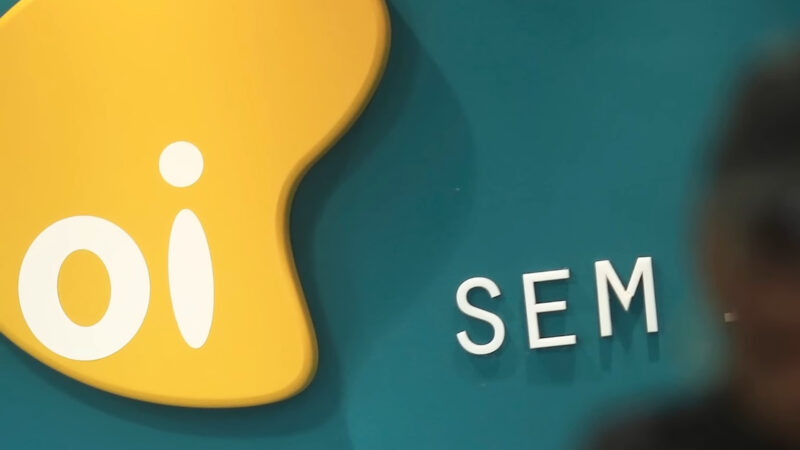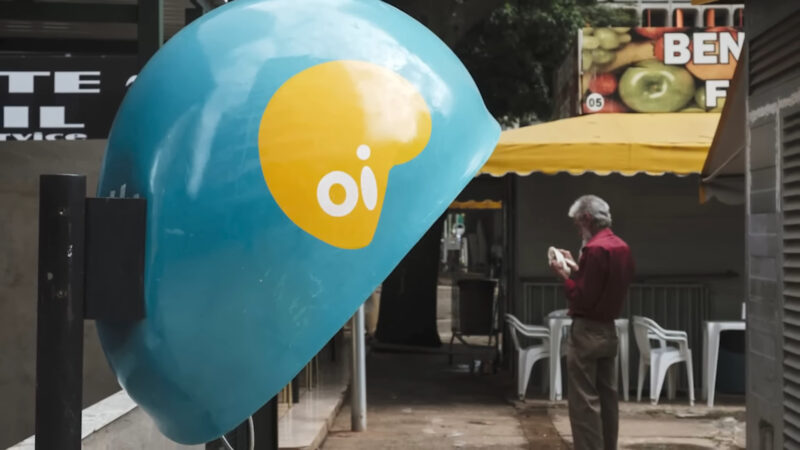In the dynamic world of telecommunications, Brazil stands at a pivotal point. Two major players, Claro and Oi, have expressed interest in expanding their services to include linear pay TV offers through Over-the-Top (OTT) platforms. This move, however, hinges on the modification of Brazil’s current Seac Law, which regulates linear pay TV offers. This blog post delves into the implications, challenges, and potential impact of such a change on the Brazilian telecommunications landscape.
The Current Scenario
The Seac Law currently governs linear pay TV offers in Brazil, setting regulations, obligations, and taxes for service providers. Over-the-Top platforms deliver content directly over the internet, bypassing traditional media distribution channels like cable or broadcast television.
Claro and Oi’s Stance
- Claro’s Request: Claro, a subsidiary of America Movil, has requested changes in regulations to equate pay TV and OTT services.
- Oi’s Perspective: Oi, through its OTT service ‘Oi Play’, offers varied content but faces regulatory restrictions in providing linear TV services via OTT.
The Push for Legal and Regulatory Changes

Both Claro and Oi have highlighted the regulatory disparity between pay TV operators and OTT platforms, advocating for a level playing field. Claro’s 2018 complaint to Anatel about Fox+ and Esporte Interativo Plus underscores the need for clarity in regulation.
Potential Modifications in the Seac Law
- Inclusion of OTT Platforms: The proposed changes could include OTT platforms under the Seac Law, allowing them to offer linear pay TV services.
- Congress and Regulatory Bodies’ Role: The Brazilian National Congress, Anatel, and Ancine are actively analyzing the link between pay TV offers and OTT platforms.
Implications of the Proposed Changes

- Increased Options: Consumers would have more choices in how they access TV content.
- Growth Opportunities for Providers: Claro and Oi could tap into new customer segments and revenue streams.
Challenges and Concerns
- Regulatory Hurdles: Modifying the Seac Law involves navigating complex legal and bureaucratic processes.
- Market Competition: A more level playing field could intensify competition among providers.
Strategic Moves by Claro and Oi
Claro aims to integrate its services more closely with digital platforms.
Oi looks to leverage its existing OTT platform to offer more comprehensive services.
Conclusion
The possible entry of Claro and Oi into linear pay TV via OTT platforms marks a significant milestone in Brazil’s telecommunications journey. As the industry awaits regulatory decisions, the move could redefine content consumption and service provision in one of Latin America’s largest markets. The outcome of these developments will undoubtedly shape the future of telecommunications in Brazil, influencing consumer choices and industry dynamics alike.
